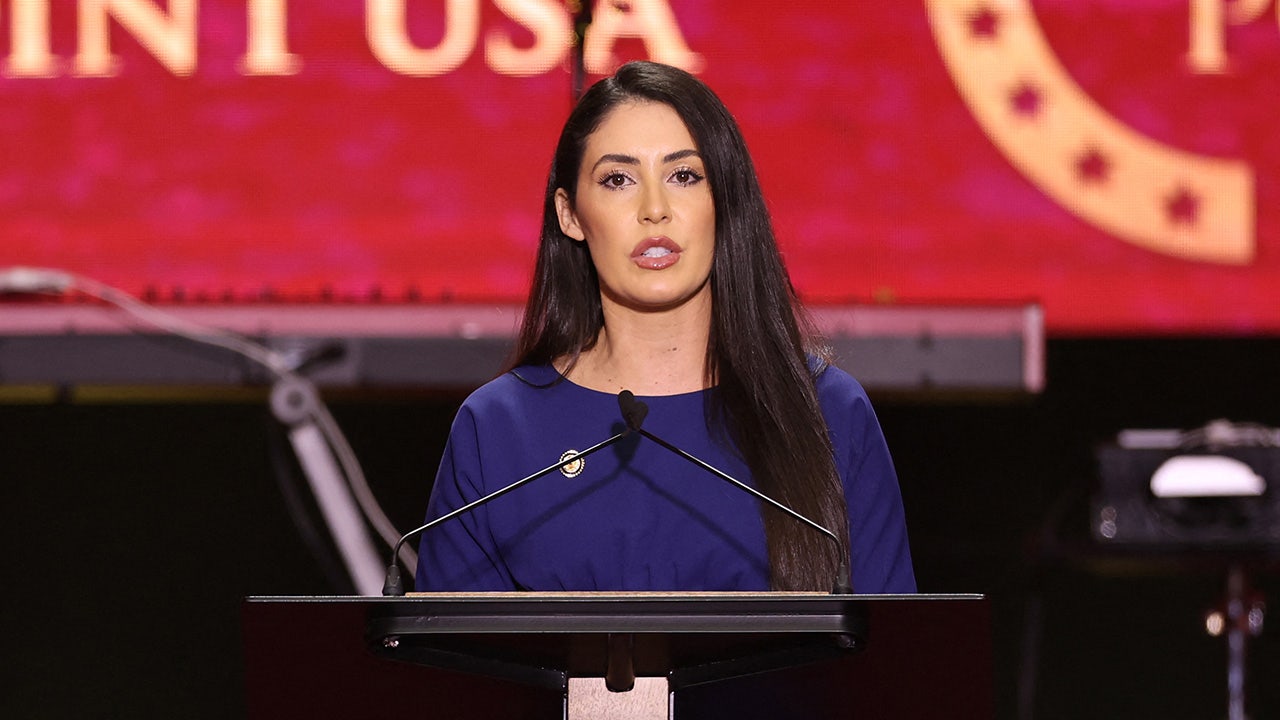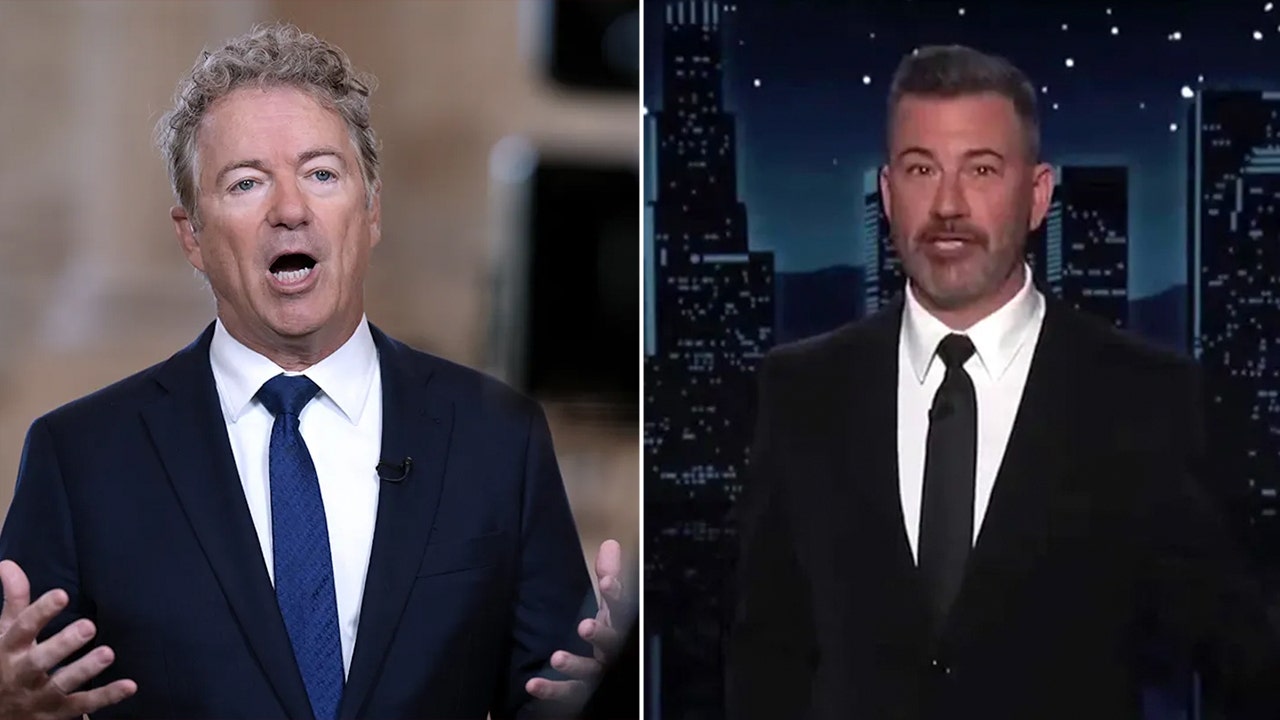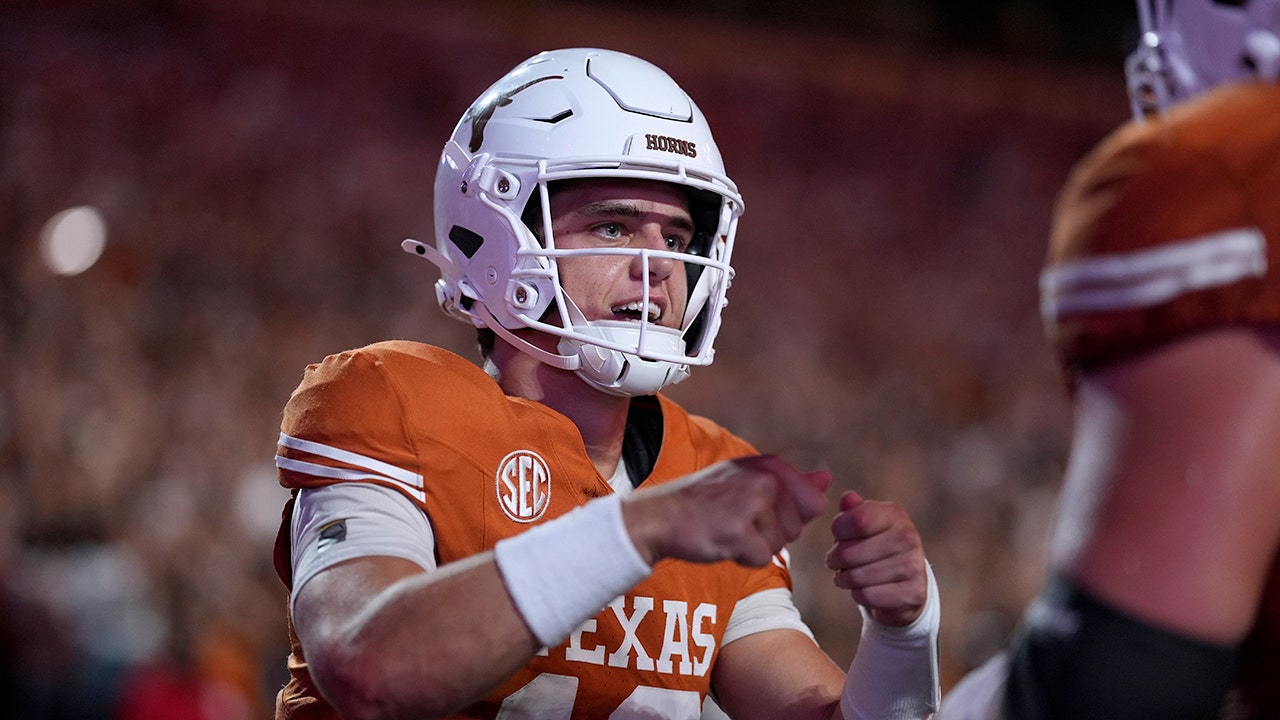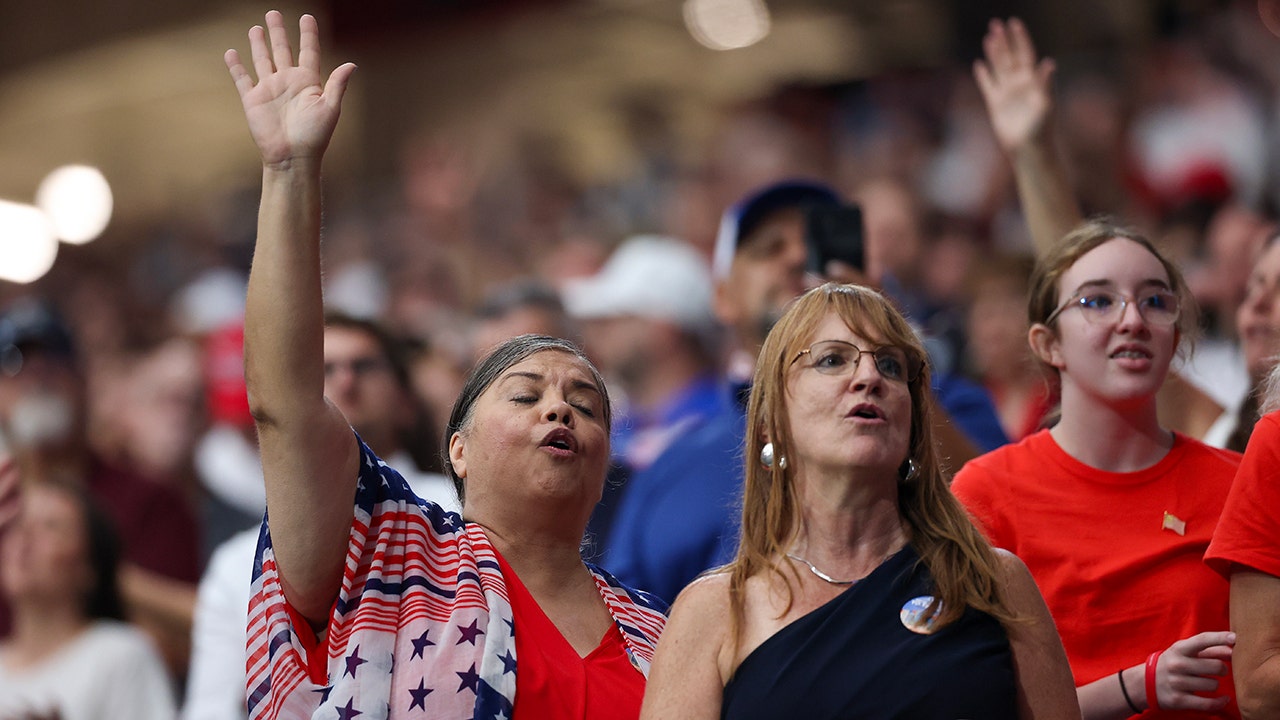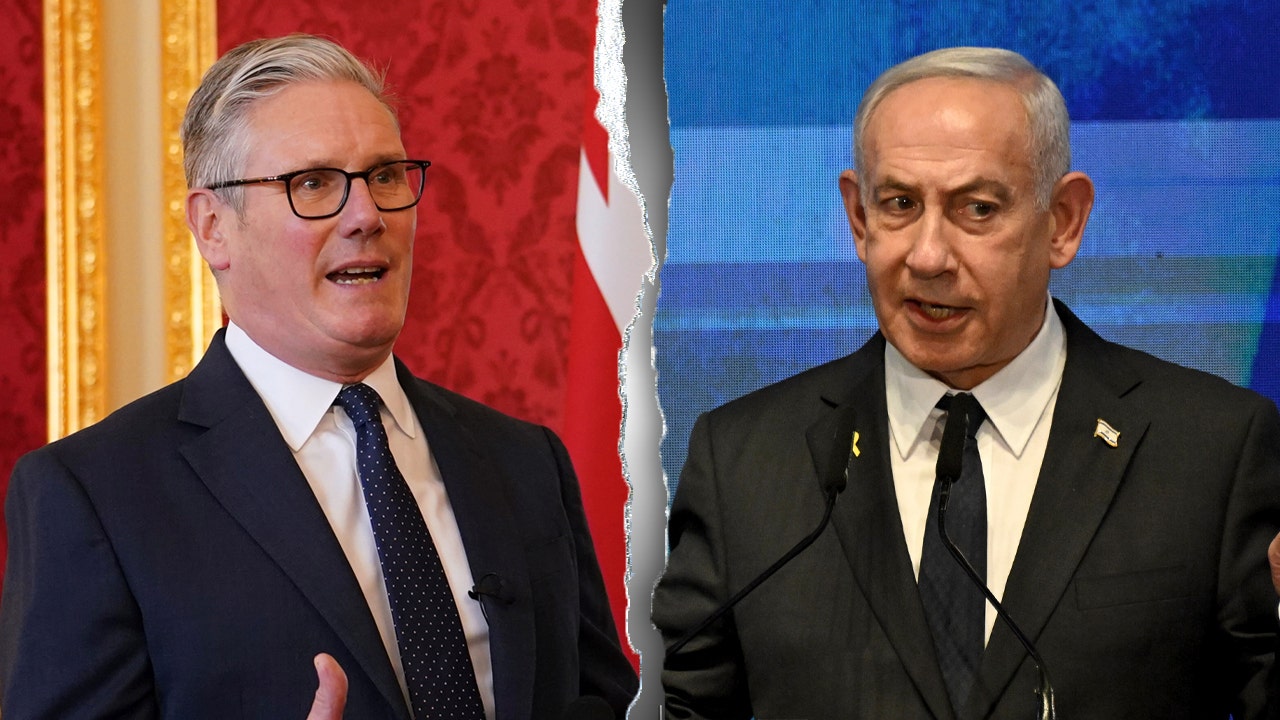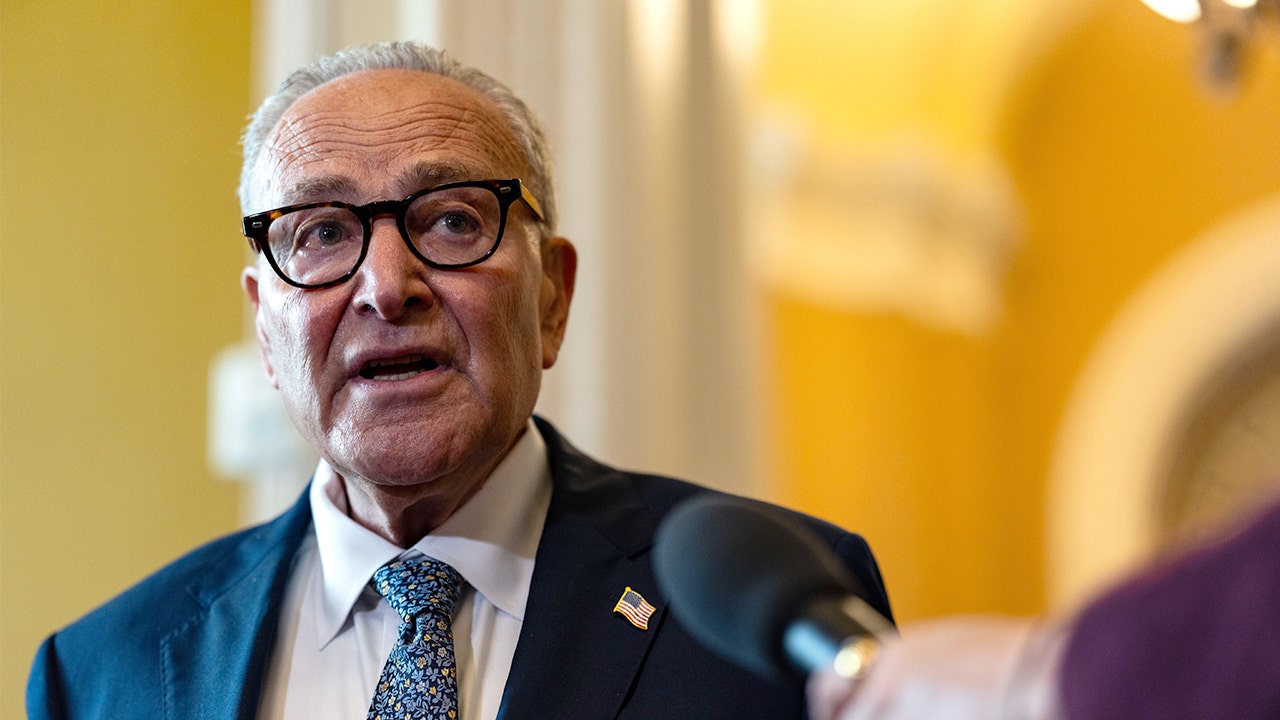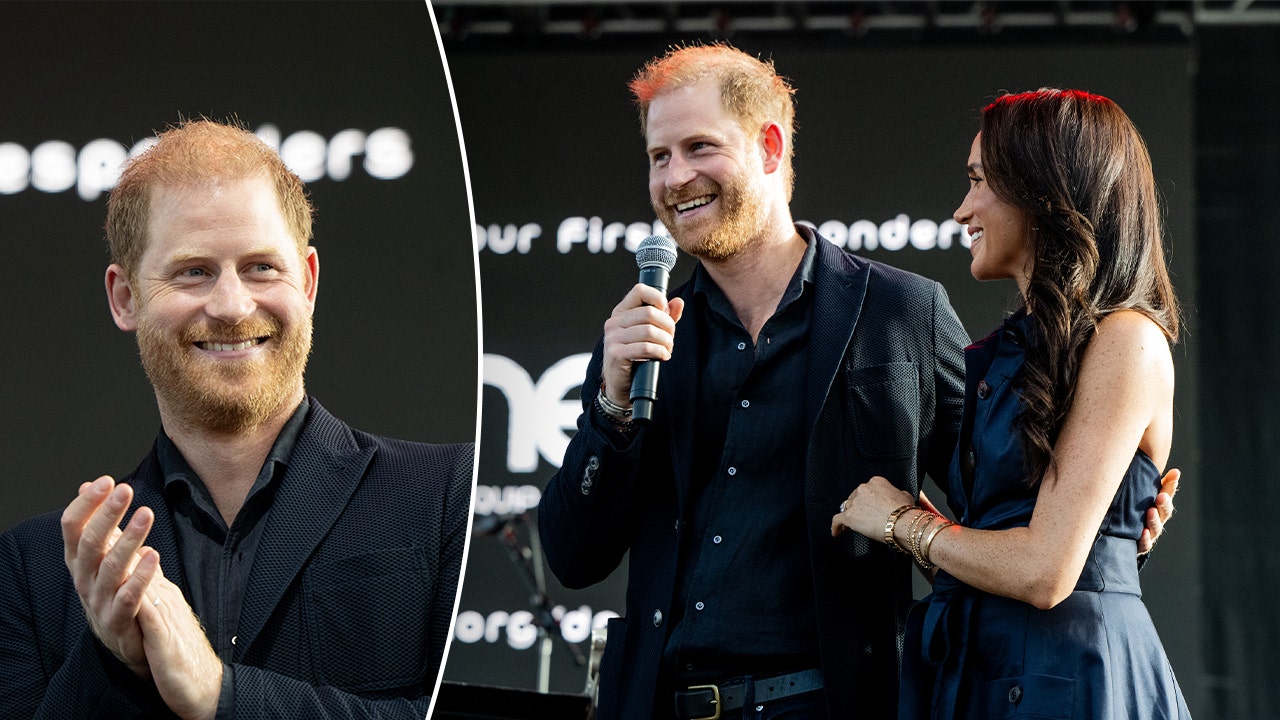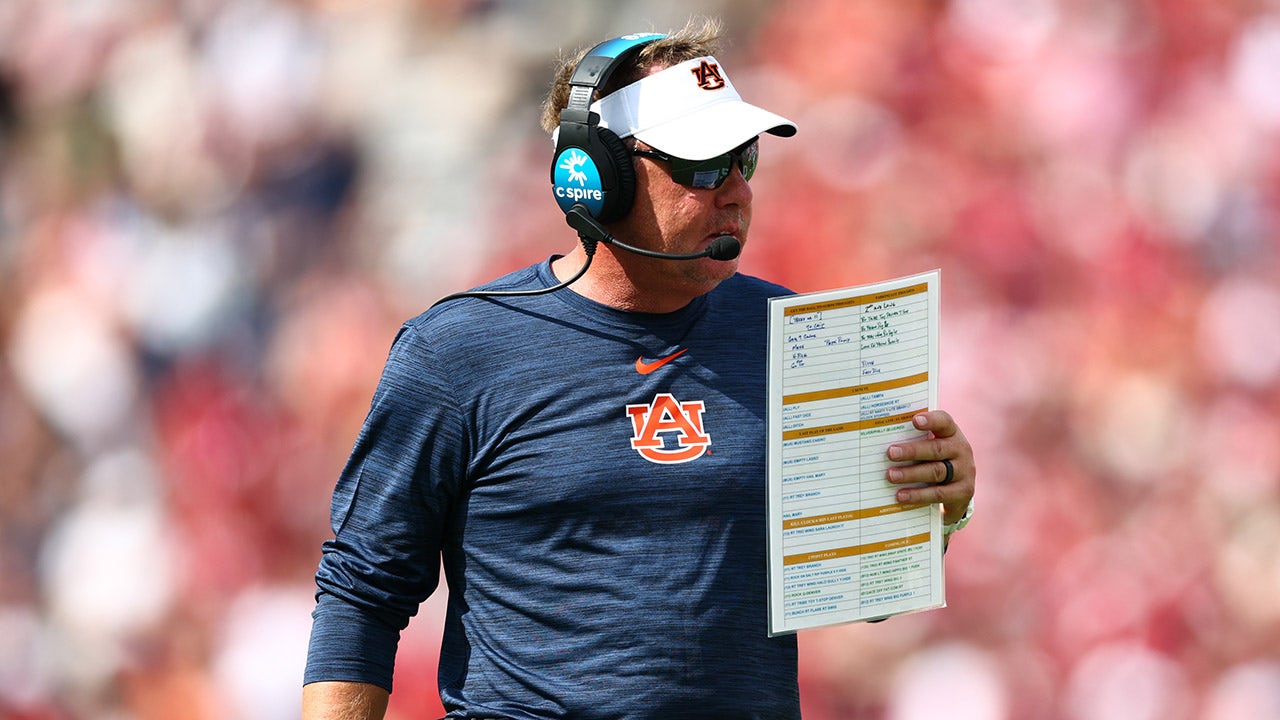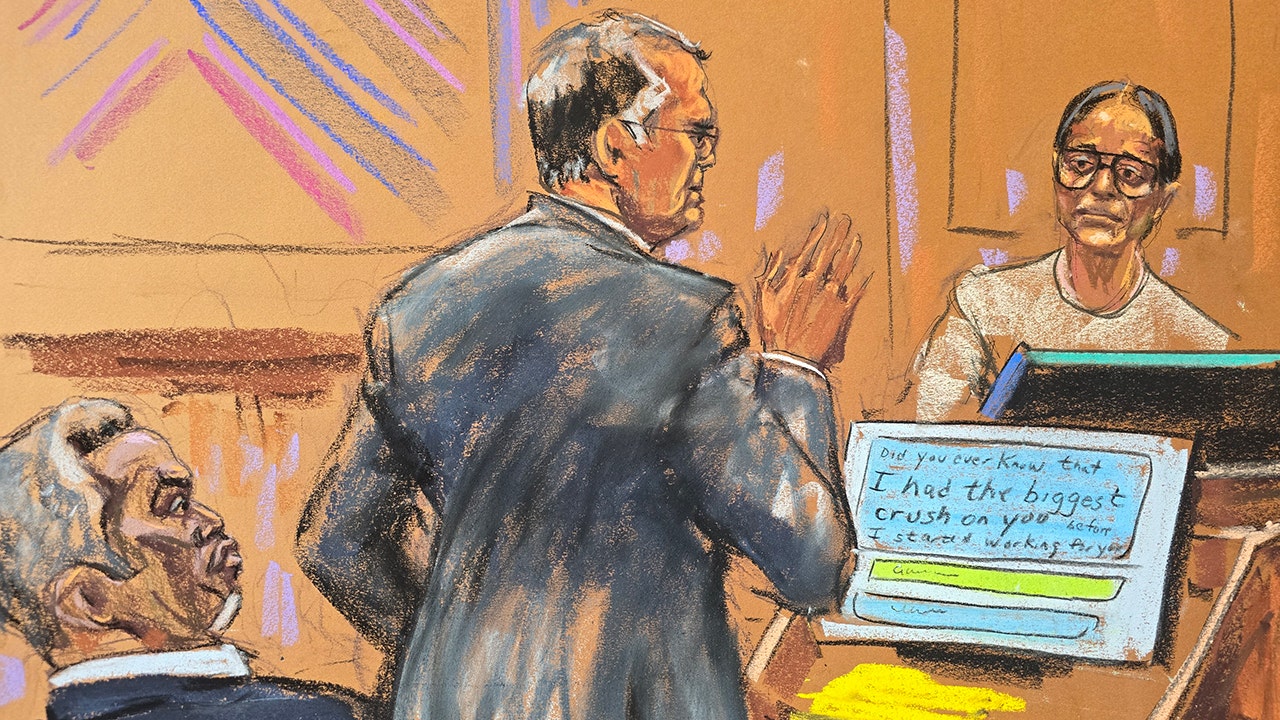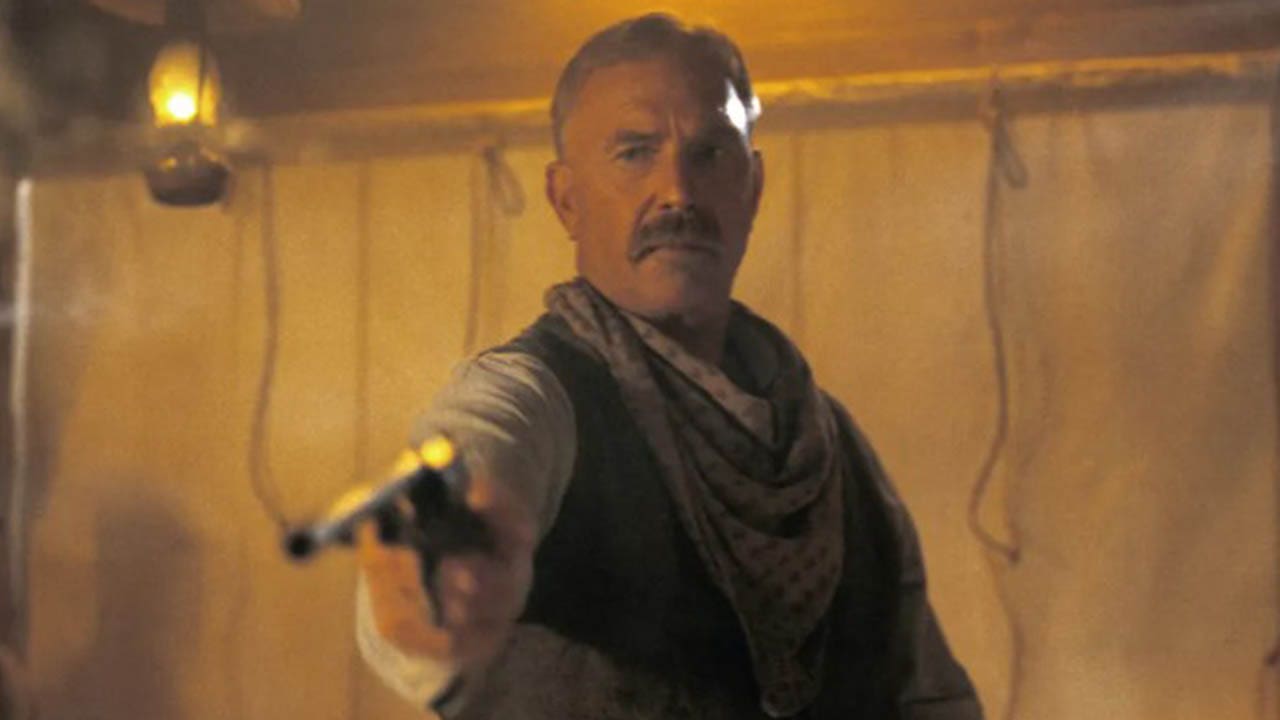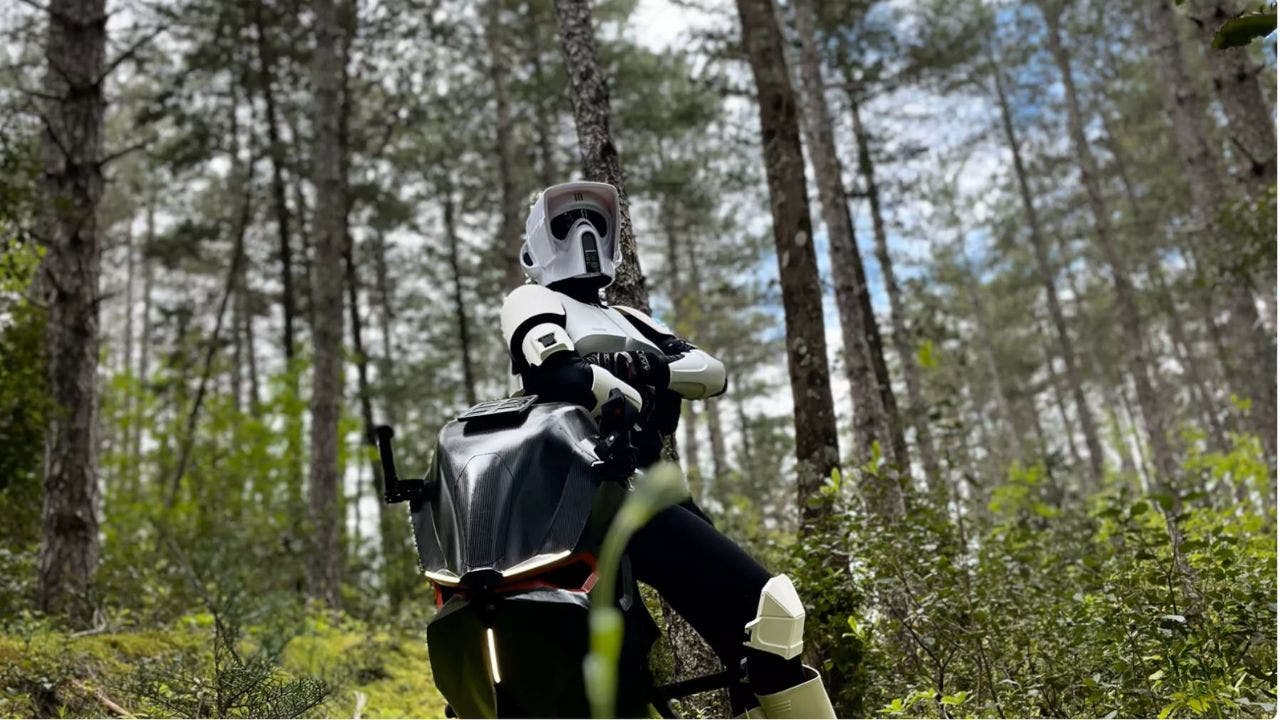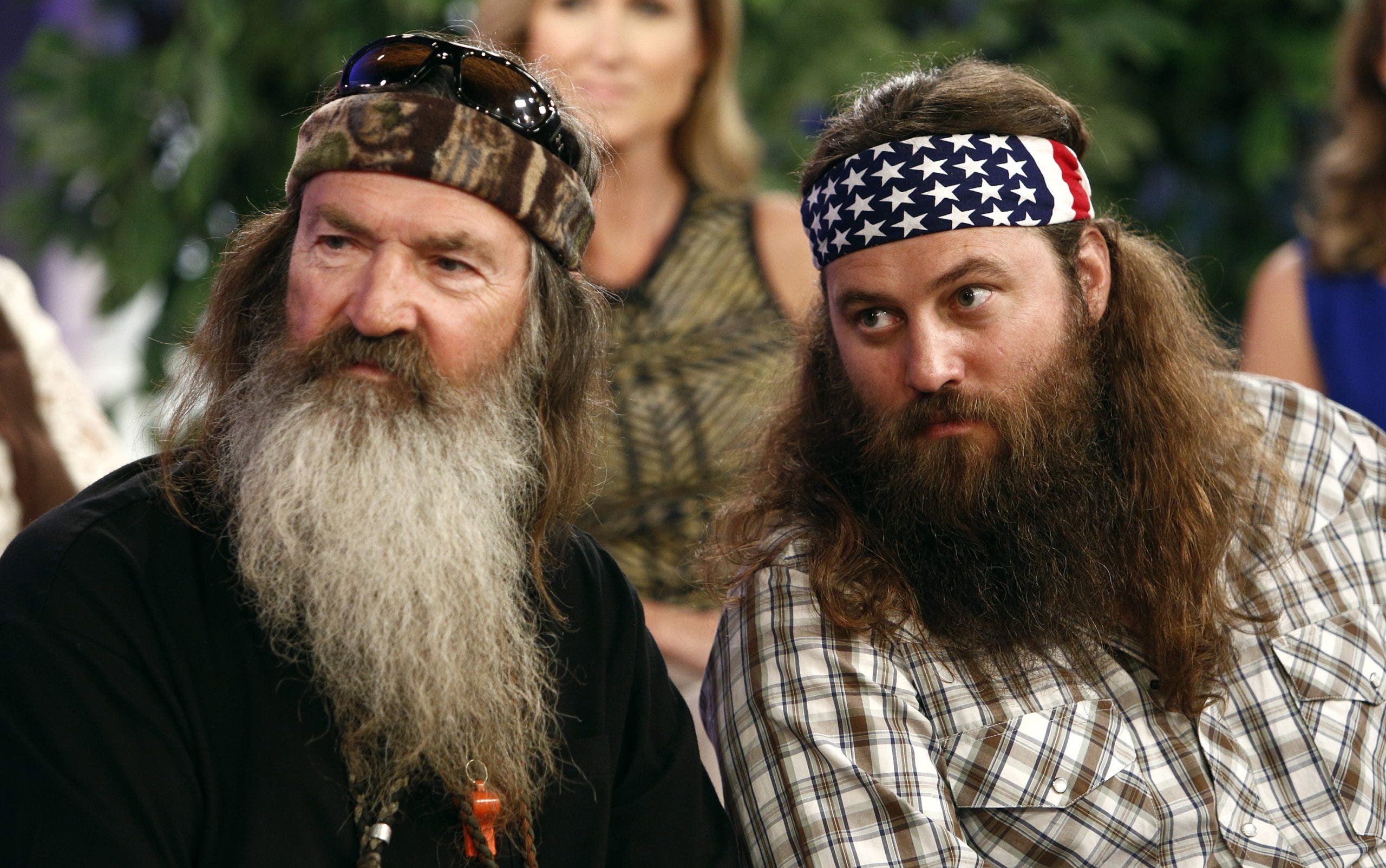NEWYou can now listen to Fox News articles!
On a sweltering day recently, I found myself in need of an indoor activity for me and my six kids. Living near the nation’s capital has its perks, chief among them, the Smithsonian museums. So, we headed into D.C. for a dose of air conditioning and culture.
As we walked in, we were greeted by a relic from the pandemic era: a sign listing "recommended" health and safety measures like masking, social distancing, and sanitizing, straight out of 2021, when the museums finally reopened after more than a year of COVID-19 closures.
Our 4-year-old chose the destination: the Smithsonian National Museum of Natural History, specifically to see the dinosaur bones and dioramas. But we quickly got more than we bargained for. A large section of the exhibit is devoted not to the asteroid that wiped out the dinosaurs — but to climate change.
MUSEUM STAFF LEAVES 'MONA LISA' FANS HIGH AND DRY AS LOUVRE SHUTS DOWN WITHOUT WARNING
This wasn’t surprising. We’ve come to expect ideological hectoring at the Smithsonians. At the National Zoo, it often feels like for every exhibit about an animal’s habitat or diet, there’s a parallel one warning that it’s going extinct because of climate change.
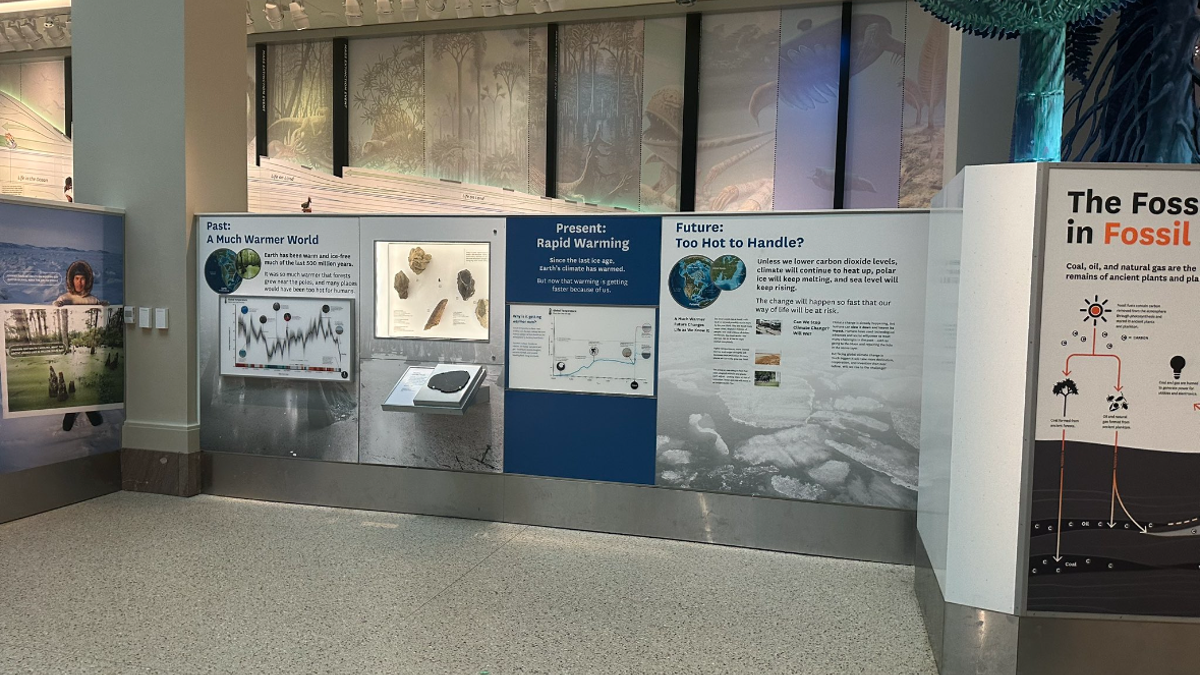
Part of the climate change exhibit at the Smithsonian Museum of Natural History. (Photo by Bethany Mandel)
"Hey kids, enjoying the zebra? Great—because he’s probably not going to make it, thanks to your parents’ SUV."
At the Natural History Museum, the messaging is equally dire — except this time, humans are the endangered species. One exhibit states, "Since the last ice age, Earth’s climate has warmed. But now that warming is getting faster because of us."
The message is clear: "Hope you liked the dinosaur bones, kids — because we might be next."
But climate change isn’t the only narrative on display.
At the National Museum of American History, visitors get a heavy dose of diversity, equity and inclusion (DEI). Despite the fast-approaching 250th anniversary of America’s founding, there were no visible exhibits or events celebrating the milestone. In the week leading up to the Fourth of July, the museum’s homepage highlighted four features: a lunch counter sit-in, women’s suffrage, a 19th-century Black firefighter and a community center for pregnant Latina immigrants. The Smithsonian did not respond to questions on deadline.
As one historian told me, "The second-floor popular culture exhibit — probably the most popular in the museum — is a Marxist struggle session. Every single exhibit is interpreted through a race-class-gender lens."
ANCIENT TEN COMMANDMENTS FRAGMENT OF 2,000-YEAR-OLD MANUSCRIPT TO GO ON DISPLAY AT REAGAN LIBRARY
This pattern isn’t confined to the Smithsonian system. Two years ago, at the Hirshhorn Museum, my kids picked up a children’s book titled, "My Own Way: Celebrating Gender Freedom For Kids." One page reads, "You may be both… you may be none!" Another shows a naked child looking at a clothesline with the caption, "Your truth isn’t hidden underneath your clothes."
Even museums outside the capital — many of which still receive federal funding — are echoing the same themes. During a recent visit to the Chrysler Museum of Art in Norfolk, Virginia, we expected to see paintings and sculptures. Instead, my kids were drawn to an exhibit filled with video screens titled, "Jamestown is Sinking."
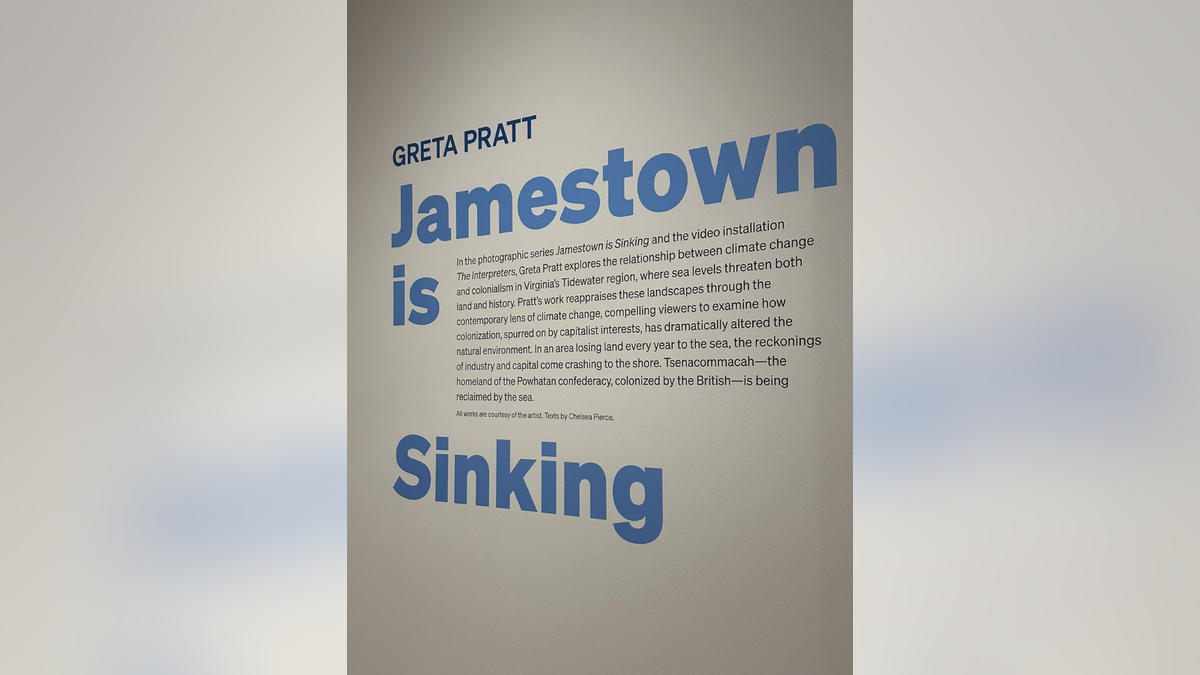
The Chrysler Museum of Art includes this woke exhibit focusing on the topic: "Jamestown is Sinking." (Photo by Bethany Mandel)
According to the exhibit description: "In the photographic series Jamestown is Sinking and the video installation The Interpreters, Greta Pratt explores the relationship between climate change and colonialism in Virginia’s Tidewater region… compelling viewers to examine how colonialization, spurred on by capitalist interests, has dramatically altered the natural environment."
In other words: climate change, colonialism, capitalism — buzzword bingo in a single art exhibit.
TRUMP'S DOGE PUSH SLASHES MILLIONS IN DEI CONTRACTS FUNDING 'DIVISIVE IDEOLOGIES' IN BLUE STATES
Although the Chrysler Museum isn’t funded exclusively by taxpayer dollars, it has received $1.2 million in federal grants over the years from agencies like the Institute of Museum and Library Services.
CLICK HERE FOR MORE FOX NEWS OPINION
Which raises the obvious question: Why are our tax dollars underwriting this?
Erik H. Neil, the Macon and Joan Brock Director at the Chrysler Museum, defended the exhibit: "We’re honored to exhibit the work of Greta Pratt, a celebrated local artist and recent recipient of a prestigious Guggenheim Fellowship. The Chrysler Museum of Art is dedicated to fostering creativity, encouraging thoughtful dialogue, and exploring our shared humanity through art. We believe Pratt’s work contributes meaningfully to civic discourse, and we remain committed to presenting a wide spectrum of viewpoints without limiting artistic expression."
There is a glimmer of hope. At the Kennedy Center, Richard Grenell has started cleaning house — aiming to ensure that publicly funded art is about art, not indoctrination. It’s a long-overdue shift that could mark a turning point.
As one historian told me, "The second-floor popular culture exhibit — probably the most popular in the museum — is a Marxist struggle session. Every single exhibit is interpreted through a race-class-gender lens."
And it appears the issue is already on the administration’s radar. Earlier this month, The Wall Street Journal reported that the Smithsonian is undergoing a sweeping review of all content across its 21 museums and zoo to eliminate political bias. According to internal documents, the decision came during a closed-door Board of Regents meeting on June 9. The review follows President Donald Trump’s March executive order calling for the removal of "improper, divisive, or anti-American ideology" and the restoration of exhibits that reflect "American and Western values."
CLICK HERE TO GET THE FOX NEWS APP
With more than 30 million visitors expected to descend on Washington, D.C. for the nation’s Semiquincentennial next year, the clock is ticking. If nothing changes, they’ll walk into the Museum of American History and leave not with a celebration of our founding — but with a guilt trip.
Time is of the essence.

 2 months ago
78
2 months ago
78
